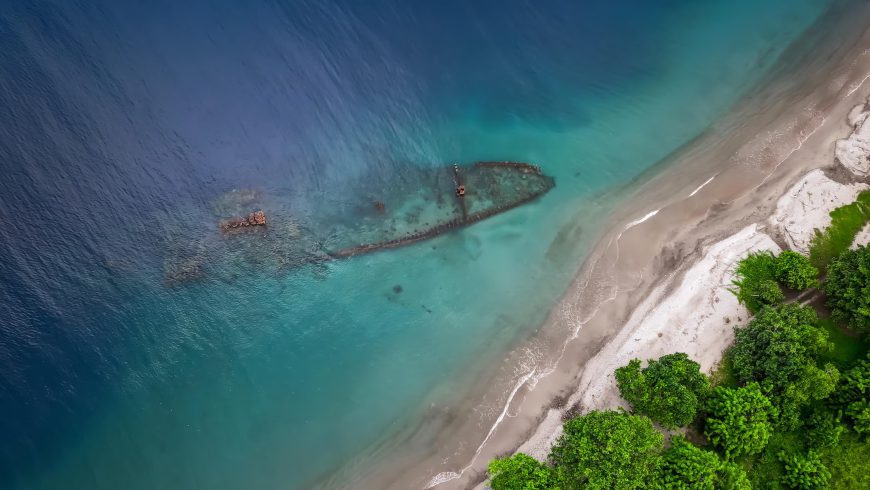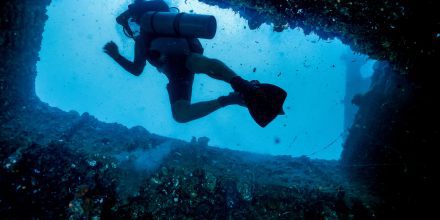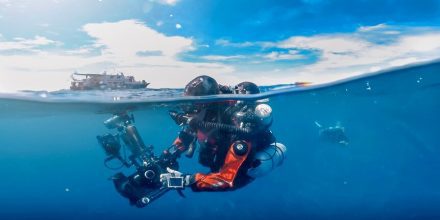Threat
The Solomon Islands, a nation of nearly 1,000 islands in the South Pacific, are littered with the remnants of WWII.
Over 200 shipwrecks and hundreds of aircraft lie at the bottom of Iron Bottom Sound, off the coast of Guadalcanal. These shipwrecks are now considered “ticking ecological time bombs,” threatening to release hazardous materials into the ocean (Pulitzer Center).
Objectives & Outcomes
The goal of this project is to mitigate the environmental threat posed by potentially polluting WWII shipwrecks in the Solomon Islands. This involves comprehensive assessments to determine the condition and pollution risk of these wrecks.

Detailed Assessments
The project aims to conduct detailed surveys of high-risk wrecks, particularly those in shallower waters that pose an immediate threat to the environment and local communities.

Prioritisation of wrecks
The collected data will enable prioritisation of wrecks for remediation, focusing on those with the highest risk of leaking oil and other hazardous materials.

Community & Environmental Protection
Efforts will be made to protect the marine ecosystems that are fundamental to the Solomon Islands’ economy and food security, as well as to mitigate the impact on local communities who rely on these waters for their livelihoods.
Solomon Islands
Inside the murky hull of a Japanese transport ship, 25 metres below the water’s surface, a diver reaches out towards a black glob on the roof.
Key Expedition Activities

Using advanced technology, the project will map and analyse the condition of the shipwrecks. This includes sonar mapping and direct dives to assess structural integrity and potential pollution.

The project involves local communities, raising awareness about the dangers of these wrecks and involving them in the monitoring and remediation efforts.

The project collaborates with international organisations and governments to secure funding and technical support for the remediation efforts.

Why it Matters
The Solomon Islands’ waters are not only a vital resource for local communities but also home to diverse marine ecosystems. Oil spills and the release of other hazardous materials from these wrecks could devastate coral reefs, mangroves, and fisheries, causing long-term economic and environmental damage.

